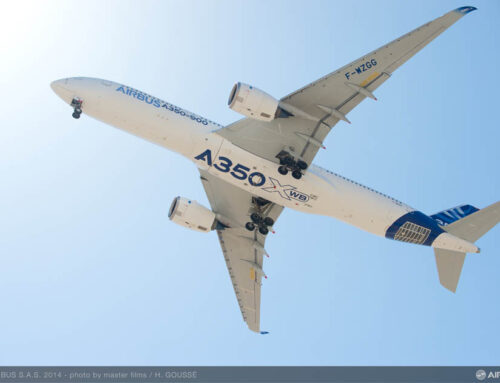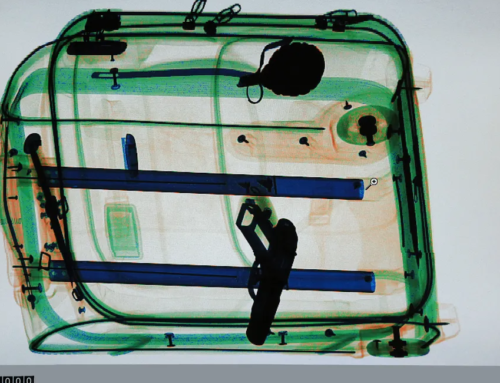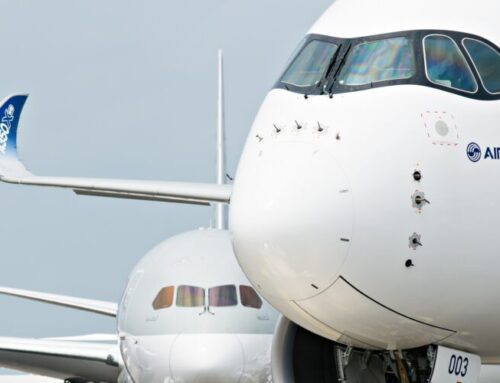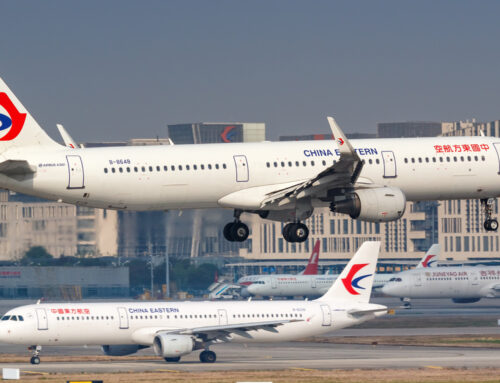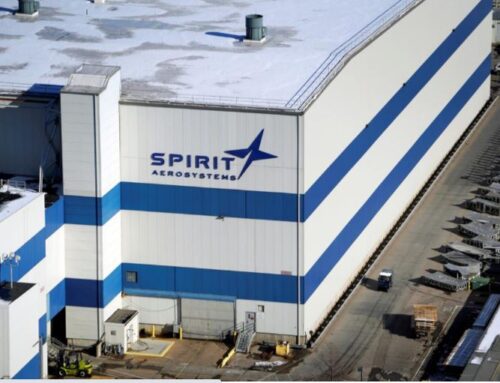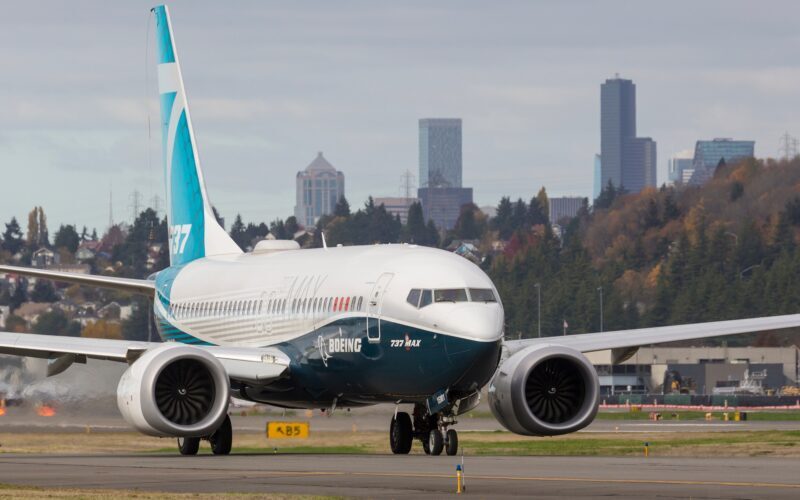
In a significant turn of events, Boeing witnessed a dramatic leadership shakeup, catalyzed by the collective discontent of U.S. airline executives. This move saw the departure of Boeing’s CEO Dave Calhoun and other top executives, a decision spurred by mounting frustrations over production delays and safety concerns.
“Boeing needs to be led by engineers if it wants to pull itself out of its current crisis”, Tim Clark, the president of Emirates Airline, said Wednesday Mar. 27.
“To fix Boeing’s issues the company needs a strong engineering lead as its head coupled to a governance model which prioritizes safety and quality,” said Clark, who leads Dubai’s flag carrier Emirates.
“It is little wonder that the Machinists Union wants a seat on the board, simply to ensure that the voice of the factory floor is part and parcel of the decision process and is fully integrated into the governance model’s risk management strategies.”
The recent 737 Max incidents served as a tipping point for airline executives, who sought a direct meeting with Boeing’s board to advocate for significant leadership changes at the helm of the company. Before the airlines could formally present their demands, Boeing proactively announced the departure of Calhoun, as well as the chairman and the head of the commercial airplanes division.
Aviation analysts and former Boeing employees have criticized the company’s reported sidelining of engineers in its senior management ranks. They note that of the top executives at Boeing, the only one with an engineering background was Stan Deal — the outgoing CEO of Boeing’s commercial airplane division. He is stepping down and will be succeeded by Stephanie Pope, Boeing’s newly named chief operating officer, Boeing said Monday.
This leadership overhaul at Boeing introduces a period of uncertainty for airlines, which are already grappling with jet supply issues. Industry insiders and former executives suggest that a manufacturing expert should succeed Calhoun to address Boeing’s deeper systemic problems. The consensus among airline leaders indicates a dire need for strategic reformation rather than temporary fixes.
The move reflects a broader industry pushback against Boeing, following a series of crises, including the fatal 737 Max crashes and production flaws leading to heightened regulatory scrutiny. The collective stance of major U.S. carriers – Southwest, United, Alaska, and American – underscored the urgent need for leadership changes to restore confidence in Boeing’s commitment to safety and reliability.
This unprecedented intervention by airline leaders, described as a “carrier coup,” emphasizes the critical relationship between aircraft manufacturers and their primary customers. The incident has set a new precedent for accountability and collaboration in the aviation industry, highlighting the collective power of carriers in influencing corporate governance at major manufacturers like Boeing.
As Boeing embarks on this new chapter, the focus is on selecting a CEO with a strong manufacturing background and a detailed understanding of production challenges. The aim is to rebuild trust, ensure the highest safety standards, and steer the company towards recovery and stability, reflecting the significant influence of airline executives in shaping the future of aerospace manufacturing.
Sources: AirGuide Business airguide.info, bing.com, cnbc.com

